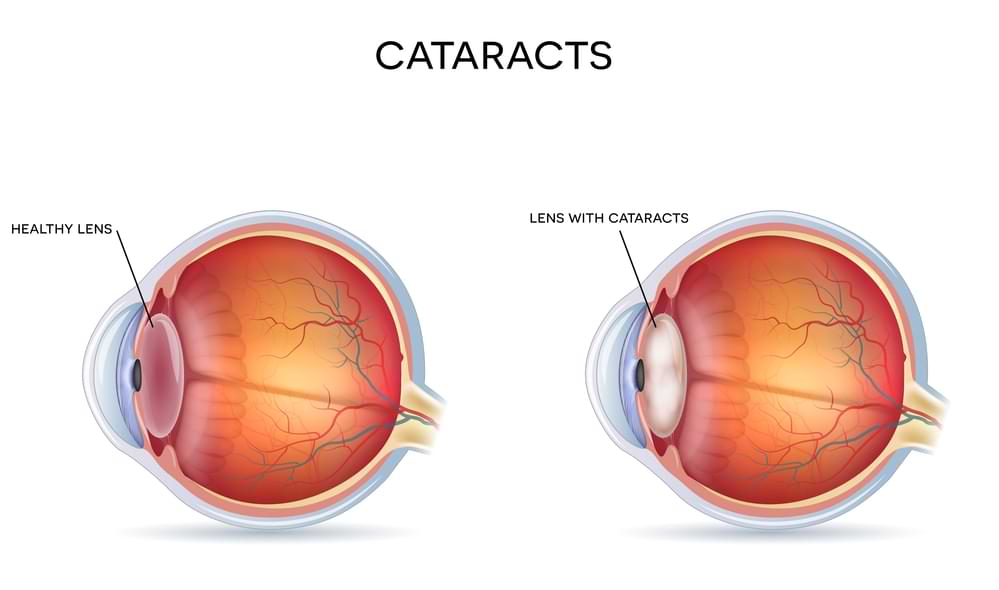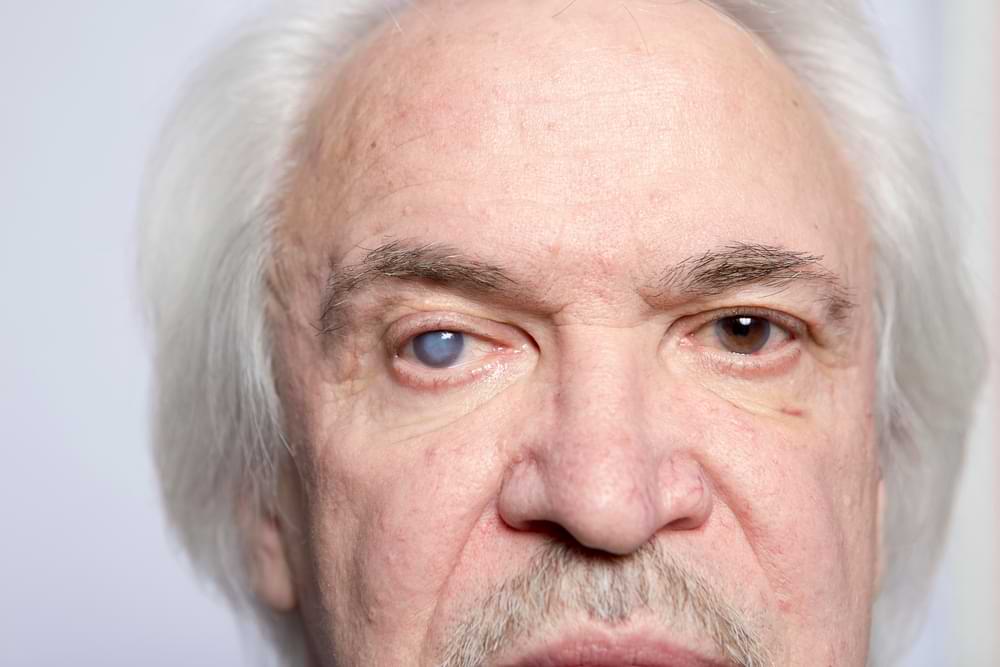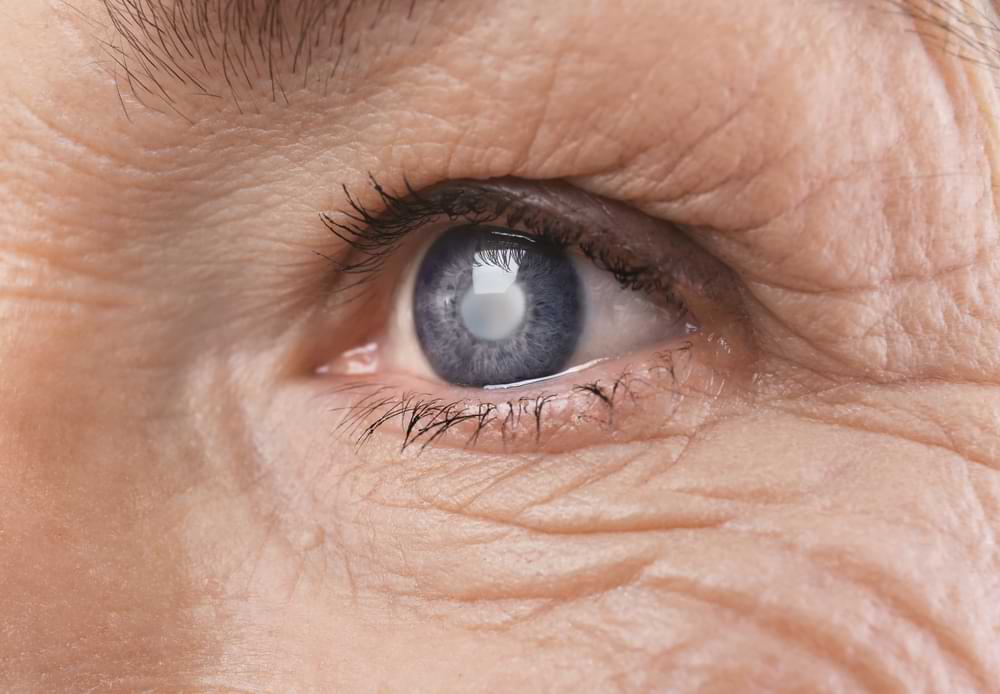Have you noticed your vision becoming foggy or blurry? You might be experiencing cataracts.
They develop when proteins in the eye’s lens start to clump together, making it harder for light to pass through. This clouding leads to hazy or dimmed vision that can affect daily tasks. Cataracts are one of the leading causes of vision loss worldwide, especially among older adults.
How much do you know what causes cataracts and about how to prevent vision loss before it’s too late?
I’m Nandita Chowdhury, the owner and principal optometrist at Picton Eyecare. With over 15 years of experience, I’m dedicated to helping my community in Wollondilly Shire maintain their vision and eye health. I’ve seen how conditions like cataracts can impact lives and know how vital prevention, early detection, and personalized care are.
In this article, I’ll share practical advice to help you protect your sight and live your life with clarity and confidence.
KEY TAKEAWAYS
- Cataracts are a common eye condition caused by protein buildup in the lens, leading to blurry and foggy vision.
- Risk factors include aging, UV exposure, diabetes, smoking, and prolonged steroid use.
- Symptoms range from light sensitivity and glare to difficulty with night driving and faded colors.
- Prevention includes wearing UV-blocking sunglasses, quitting smoking, and managing underlying health conditions.
- Early diagnosis through regular eye exams is critical for effective treatment.
- Cataract surgery is a safe, quick procedure that replaces the cloudy lens with a clear artificial one.
Types of Cataracts
Cataracts can affect different parts of the lens, each type presenting unique symptoms and challenges. Understanding these types can help in recognising and managing the condition:
- Nuclear Cataracts: These develop in the central part of the lens and may initially cause a surprising improvement in near vision, a phenomenon often called “second sight.” However, as the cataract progresses, the lens begins to yellow or brown, leading to increasingly blurry vision. Colours may appear muted, and seeing clearly at a distance becomes more difficult over time.
- Cortical Cataracts: These begin as wedge-shaped streaks or spokes that form along the edges of the lens and gradually spread inward toward the centre. This type of cataract often causes significant glare, making activities like night driving particularly challenging. Distance vision may also become impaired as the streaks disrupt the passage of light through the lens.
- Posterior Subcapsular Cataracts: These form at the back of the lens and are known for their rapid progression. They commonly affect reading vision and create a heightened sensitivity to bright light and glare, making it difficult to see in brightly lit environments.
- Congenital Cataracts: These can affect a child’s vision from birth, potentially leading to long-term visual impairment if left untreated. Parents should schedule an eye test early if they notice cloudiness in their baby’s eyes or signs of poor visual response, as early detection and treatment are crucial for healthy vision development.
Recognizing and Diagnosing Cataracts
Cataracts often develop gradually, and recognising the symptoms early can help prevent more significant vision loss. Here are the key signs to watch for and how they’re diagnosed:
- Symptoms: Cataracts typically begin with blurry or foggy vision that worsens over time, making it harder to see fine details. Colours may appear less vibrant, and you might struggle in dim lighting. Sensitivity to glare, especially while driving at night or in bright sunlight, is another common early sign.
- Comprehensive Diagnosis: To confirm cataracts, a detailed eye exam is essential. Using a slit-lamp microscope, I can detect clouding in the lens, while visual acuity tests measure how clearly you can see at various distances. Retinal imaging provides a clear view of the back of the eye to rule out other potential issues.
- Importance of Regular Check-Ups: If you’re over 40, regular eye exams every two years can help detect cataracts early, even before symptoms become noticeable. Scheduling an eye exam is particularly important if you’ve noticed persistent vision changes or difficulty with everyday tasks.

Risk Factors and Cataract Causes
While cataracts often develop as part of the ageing process, there are proactive steps you can take to lower your risk and protect your vision.
- Age is the most common risk factor, with cataracts becoming more likely after the age of 40 as the lens naturally changes and becomes less clear. While you can’t stop ageing, you can make lifestyle changes to slow the progression of cataracts.
- Protecting your eyes from UV rays is essential, as prolonged exposure to sunlight accelerates lens damage. Sunglasses with UV-blocking lenses and wide-brimmed hats provide effective protection, especially during outdoor activities.
- Lifestyle habits like smoking and excessive alcohol consumption significantly increase the risk of cataracts by contributing to oxidative stress and lens damage. Quitting cigarettes and moderating alcohol intake are important steps to protect your eye health.
- A balanced diet rich in antioxidants, such as leafy greens, berries, and nuts, helps combat oxidative stress in the lens. These nutrients reduce the impact of environmental and lifestyle-related damage to the eyes over time.
- Medical conditions such as diabetes are major contributors to cataract development, as high blood sugar levels accelerate lens clouding. Maintaining stable blood sugar levels through diet, exercise, and medication is critical for eye health.
- Long-term use of steroid medications can increase cataract risk, so it’s important to discuss alternatives with your doctor if you’re on such treatments.
Treatment Options
When cataracts start to affect your daily life, it’s important to know there are effective solutions to improve your vision and quality of life.
- Small adjustments in the early stages can help manage symptoms. Updating your glasses prescription ensures you’re getting the clearest vision possible. Using brighter, focused lighting at home makes tasks like reading or cooking easier, while anti-glare coatings on your lenses reduce discomfort when driving at night or in bright sunlight.
- When these measures are no longer sufficient, cataract surgery becomes the best option for restoring vision. This procedure involves replacing the cloudy lens with a clear artificial intraocular lens (IOL). The surgery is quick, low-risk, and among the most commonly performed worldwide, with excellent success rates.
- Different surgical techniques are available, depending on your specific needs. Small-incision phacoemulsification uses ultrasound to break up the cloudy lens before removal, while laser-assisted surgery provides even greater precision. Both methods offer minimal discomfort and quick recovery times, allowing you to return to normal activities within days.
- Multifocal implants are an advanced surgical option for patients undergoing cataract surgery. These implants, including extended depth of focus (EDOF) lenses, provide clear vision at multiple distances, reducing or even eliminating the need for glasses after surgery.
By addressing cataracts with either non-surgical adjustments or advanced surgical treatments, you can regain sharper, clearer vision and maintain your independence.

Potential Complications
What should you expect after cataract surgery? For most people, vision starts improving within a few days, and full recovery typically takes about two weeks. During this time, you’ll use prescribed eye drops to prevent infection and control inflammation. It’s important to avoid strenuous activities or rubbing your eyes while healing.
Cataract surgery is safe and highly successful, but as with any procedure, there are potential complications to consider. While most risks are rare and manageable, understanding them ensures you know what to expect and when to seek help.
- Bleeding or infection can occur after cataract surgery, but these are rare and typically minor. Prompt treatment with medication or antibiotics usually resolves these issues without long-term effects.
- A temporary increase in eye pressure may develop following surgery. This is closely monitored during follow-up visits and managed with prescribed eye drops if necessary.
- Retinal detachment, while uncommon, is a serious complication where the retina separates from the back of the eye. It can cause vision loss if untreated, so urgent medical attention is essential if symptoms like flashes of light or a shadow in your vision occur.
- A dislocated intraocular lens (IOL) can happen if the artificial lens moves out of place. This may require corrective surgery to reposition or replace the lens, but such cases are very rare.
- Posterior capsular opacification (PCO) is the most common issue after cataract surgery. This occurs when a cloudy layer forms on the posterior capsule, the membrane that holds the lens implant in place.
- Symptoms of PCO include blurry vision, increased glare, and difficulty with focusing, similar to cataract symptoms. It can develop weeks, months, or even years after the surgery but is not a sign of surgical failure.
- Treating PCO involves a YAG laser capsulotomy, a quick and painless procedure. The laser creates a small opening in the cloudy capsule, allowing light to pass through and restoring clear vision almost immediately.
- Cystoid macular oedema (CME) is a potential complication after cataract surgery, causing fluid accumulation in the macula that can lead to blurred or distorted vision. While most cases are mild and resolve with anti-inflammatory treatment, persistent CME may require further management to prevent long-term visual impairment.
Follow-up care after cataract surgery is essential to monitor healing and address any complications early. While these risks may sound concerning, advancements in surgical techniques and treatment options make cataract surgery one of the safest and most effective procedures available today.
If you are preparing for cataract surgery, watch the following video by Dr Joseph Allen from the Doctor Eye Health YouTube Channel where he gives seven (7) tips for how patients can increase the odds of trouble free surgical treatment.
CONCLUSION
Without proper care, cataracts can make everyday activities like driving or reading unsafe or impossible. Furthermore, prolonged inaction could mean missing the opportunity for early, simpler treatments.
Warning signs include glare sensitivity, halos around lights, and difficulty with activities like driving and reading.
The good news is that cataract surgery is a safe, effective procedure that restores vision by replacing the cloudy lens with a clear artificial one.
Four weeks after the cataract surgery patients should return to see their optometrist for new glasses and return for a regular eye exam at least every one to two years.
Don’t let cataracts blur your vision—schedule an eye exam today to take control of your eye health.
You can call us on (02) 4603 2309 or arrange an appointment using the “Book Now” button in the website menu. We are conveniently located in the heart of Picton, NSW. There is plenty of parking available at the back of our store.

B.Optom (UoA), PGOT (UNSW)
Nandita is the principal optometrist of Picton Eyecare. She has over 15 years of extensive experience working in corporate and independent optometry practice. Opening Picton Eyecare in 2022 has fulfilled Nandita’s dream of an independent optometry practice, committed in serving the local community of Wollondilly and surrounding areas.
Nandita is caring and passionate about providing professional, personal and customised solution for every patient. She takes interest in all her patients and employs her skills and expertise to achieve the best possible outcome for the patient. She maintains great relationships with other medical professionals in the area.
Nandita is a local resident and has been working in the Southern Highlands for many years. She has a loyal following of patients who value her clinical and interpersonal relationships.
When not at work Nandita loves spending time with her family.
